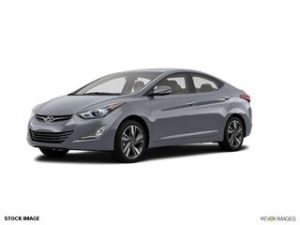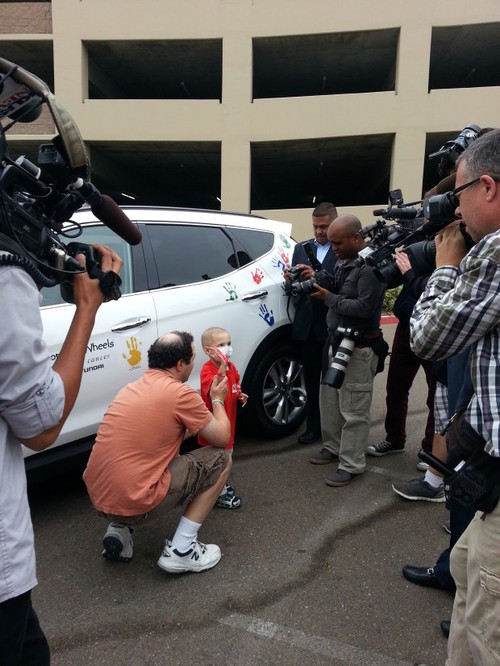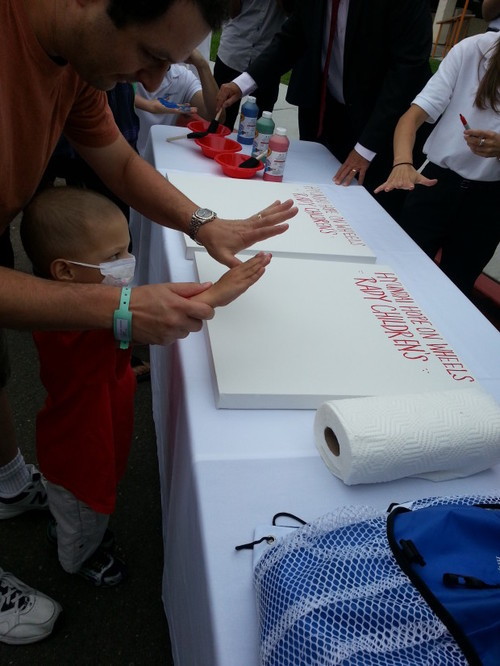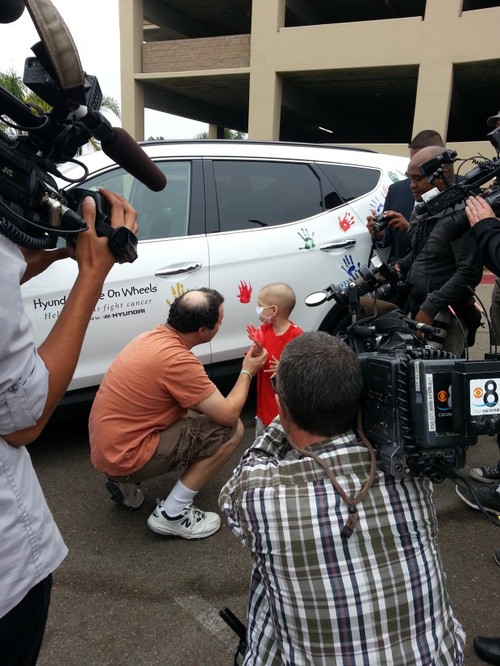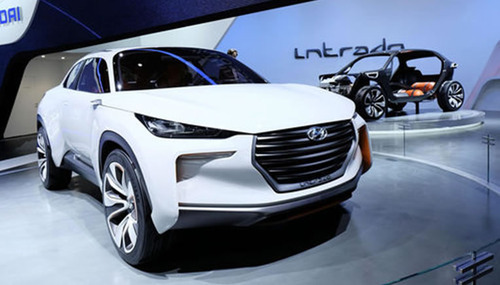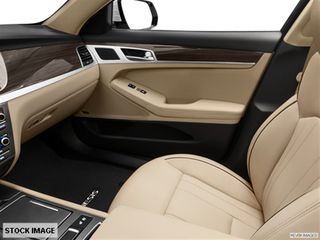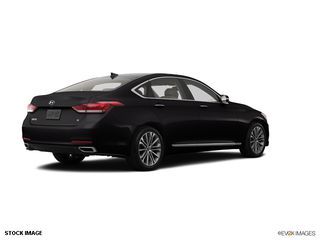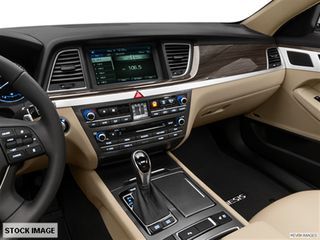Just the Facts:
- Hyundai's ambitious future plans include a redesigned 2016 Hyundai Tucson SUV and Elantra sedan, along with a new subcompact crossover that is smaller than the Tucson and expected to be at dealerships in 2017 at the earliest.
- The redesigned 2016 Hyundai Elantra will hit dealer showrooms in the second half of 2015.
- The redesigned 2016 Hyundai Tucson also goes on sale next year.
- 2014 Elantra
MONTGOMERY, Alabama — Hyundai's ambitious future plans include a redesigned 2016 Hyundai Tucson SUV and Elantra sedan, along with a new subcompact crossover that is smaller than the Tucson and expected to be at dealerships in 2017 at the earliest.
The redesigned 2016 Hyundai Elantra will hit dealer showrooms in the second half of 2015. The redesigned 2016 Hyundai Tucson also goes on sale next year. Hyundai's new subcompact crossover will be targeted at the Nissan Juke.
Hyundai Motor America CEO Dave Zuchowski spoke to Edmunds in a wide-ranging interview here during a media event.
He said the new subcompact crossover "would be a vehicle that would be really designed for Gen Y, for new first-time younger buyers.
"Think of maybe something that looks like a Juke or something that has edgy, dynamic styling."
He added that while the "Tucson is a beautiful vehicle," the new subcompact addition to the lineup can't look like a "mini Tucson," because Gen Y buyers probably would not accept it.
Many of the Korean automaker's competitors are introducing a wide range of crossovers, including subcompacts.
They include the Buick Encore, which is on sale now, and the Chevrolet Trax, which will land in showrooms later this year.
Zuchowski said the 2016 Tucson will move up a few steps in terms of refinement and styling.
"You will see really elegant, taut, athletic, aggressive styling that is very, very attractive," he said. "It looks bigger but it is not. It is just the way it is styled.
He said the Tucson will have a more solid feel, along with improved handling and steering dynamics. It will include technology, safety features and options commonly found in more expensive vehicles, which he believes will lead to a boost in sales.
Zuchowski is so optimistic about the 2016 Tucson that he asked the automaker to boost its U.S. allocation, possibly doubling it.
The 2016 Elantra will feature styling that Zuchowski called "Audiesque." The Elantra lineup also includes a coupe and a hatchback.
"The easiest way to describe that without going into any detail is that it looks more Audiesque, to me it looks more European," he said. "It is beautifully styled and it does not look like a (lower-priced) compact car. It looks like a richer segment car. It looks more elegant, more premium (than the current Elantra)."
The Hyundai Elantra competes with the Ford Focus, Honda Civic and Toyota Corolla.
The Hyundai Tucson competes with the Ford Escape, Honda CR-V and Toyota RAV4.
Edmunds says: Car shoppers who know they'll be in the market next year have a lot to look forward to with the redesigned 2016 Hyundai Elantra and Tucson.
Source: Published: 07/29/2014 - by Rick Kranz, Correspondent

